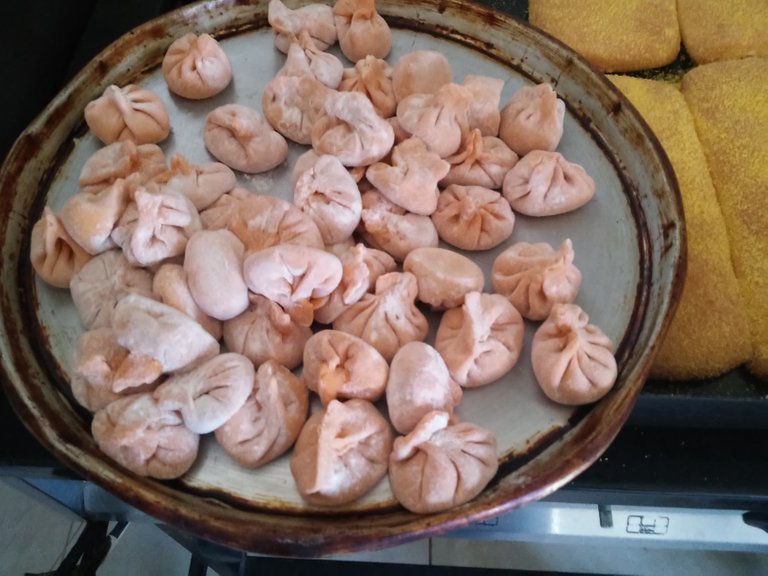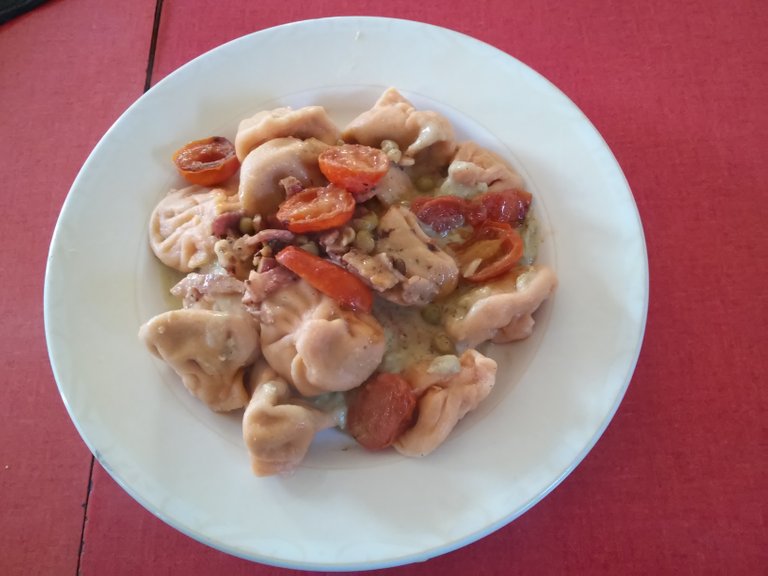
Hola amigos #hivers de esta Comunidad,
este tal vez sea el único o uno de los pocos posts que publicaré en esta comunidad dedicada más que nada a las recetas (espléndidas la mayor parte de ellas sin lugar a dudas).

Podría publicar posts sobre alimentación y/o salud, pero las recetas no son mi fuerte.
Ahora, después de esta rara introducción, ¿a qué se debe este post? Ni más ni menos que a la celebración de mi fiesta de cumpleaños (no les digo cuántos, será la incógnita a resolver, pero desde ya les digo que deben apuntar bastante alto).
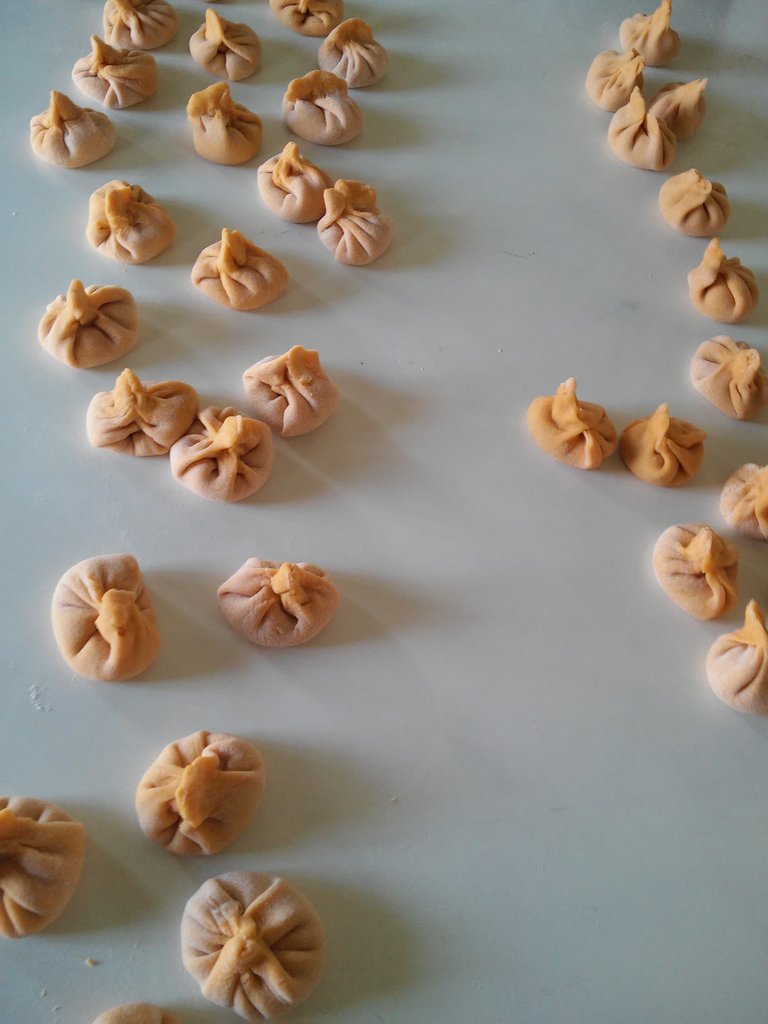
En esa oportunidad mi hija y mi yerno me regalaron un espléndido almuerzo en su casa que acaban de terminar de construir hace poco y de esa manera celebramos todos juntos.
Toda comida hecha en casa (por ese motivo lo publico en esta Comunidad al post) desde la preparación de unos exquisitos envoltijos (involtini en italiano) una especie de arrolladitos con ricota, acelga y atún que son una verdadera delicia.
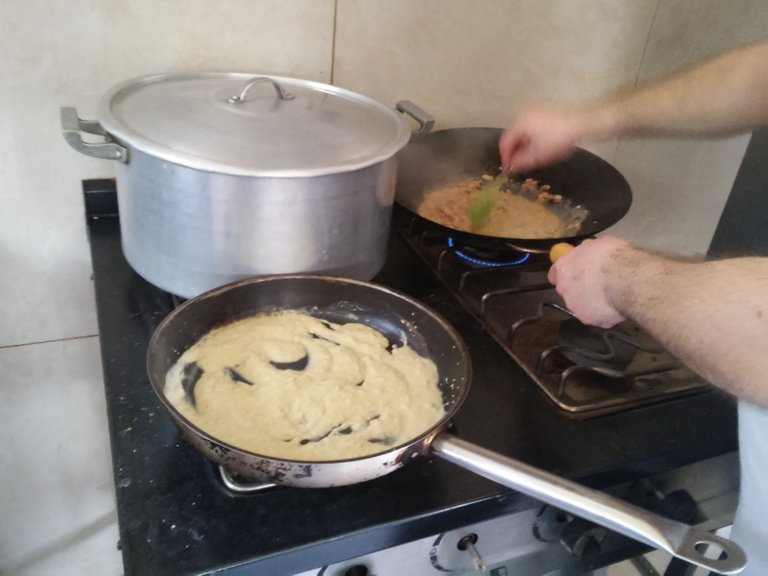
Puedo deshacerme en elogios, ya que yo no intervine mínimamente... salvo a la hora de comerlos y créanme que les hice todo el honor que merecían.
Como pueden ver he documentado paso a paso, imagen por imagen toda la elaboración. Mientras mi hija y mi yerno trabajaban yo sacaba las fotos.
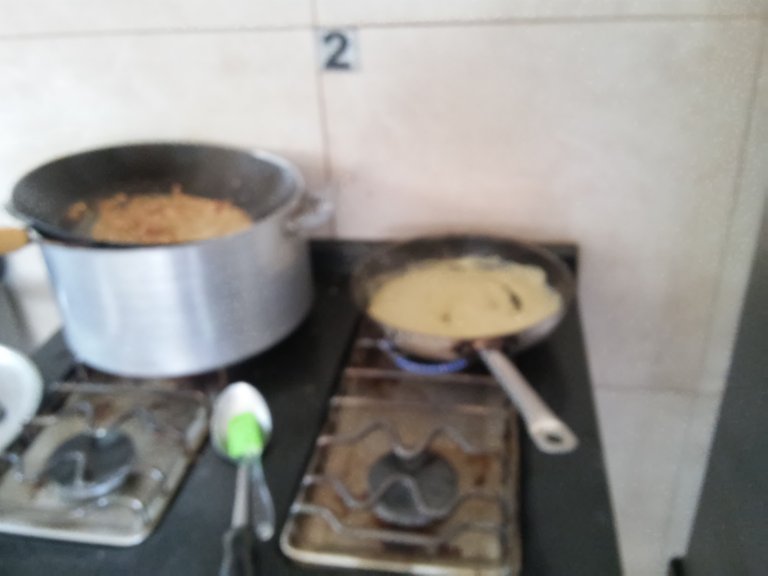
El proceso sigue cuando los arrolladitos o "paquetitos" se colocan en la olla con el agua hirviendo (debe ser una olla bastante capiente porque cada uno si bien no es de dimensiones gigantescas, en masa y contenido equivale al menos a tres o cuatro ravioles o un par de capeletis.
Es menor poner a cocinar un cierto número (es el consejo que me dieron los cocineros) tipo diez o quince y luego el resto, porque si no el agua baja de temperatura muy rápidamente.
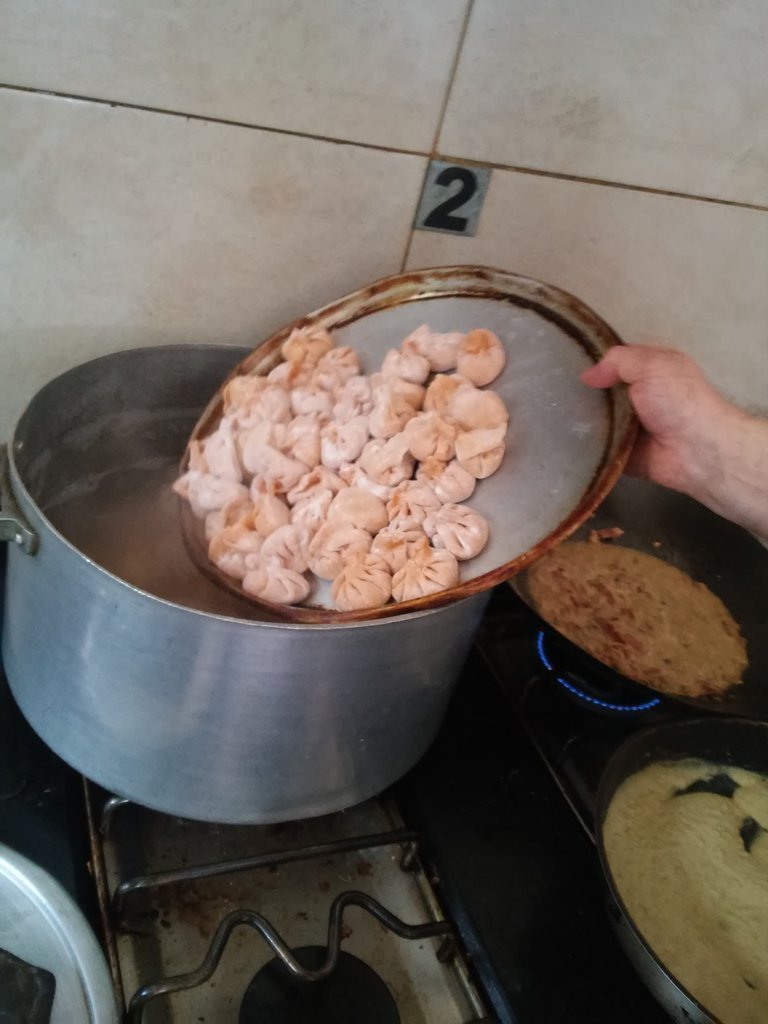
Están cocidos cuando suben a la superficie con un cierto esfuerzo, como los Ñoquis o ravioles por ejemplo, aunque estos son bastante más livianos.
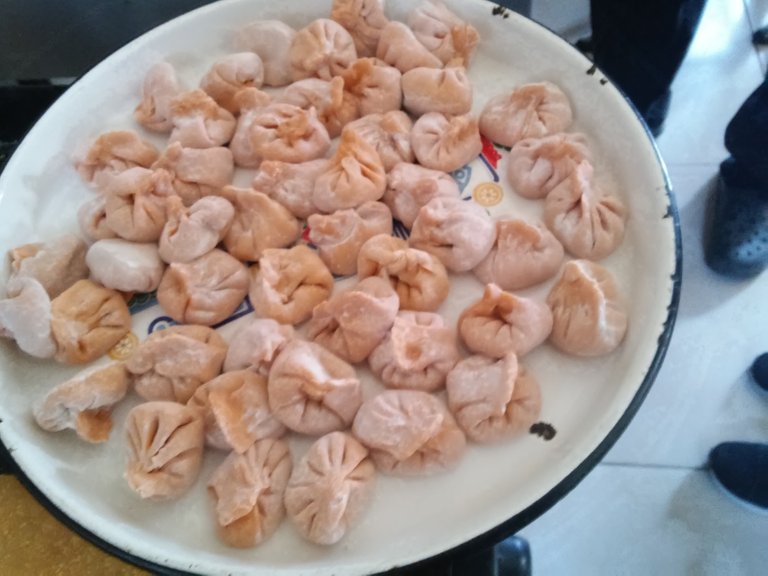
Lo de pesados es una expresión puramente metafórica porque al paladar son delicados, livianos, suaves y deliciosos.
Fue el único plato del almuerzo. No había carne ni ninguna otra comida. Pero les aseguro que después del bis ninguno quería saber más nada con repetir. Y pan casero para acompañar.
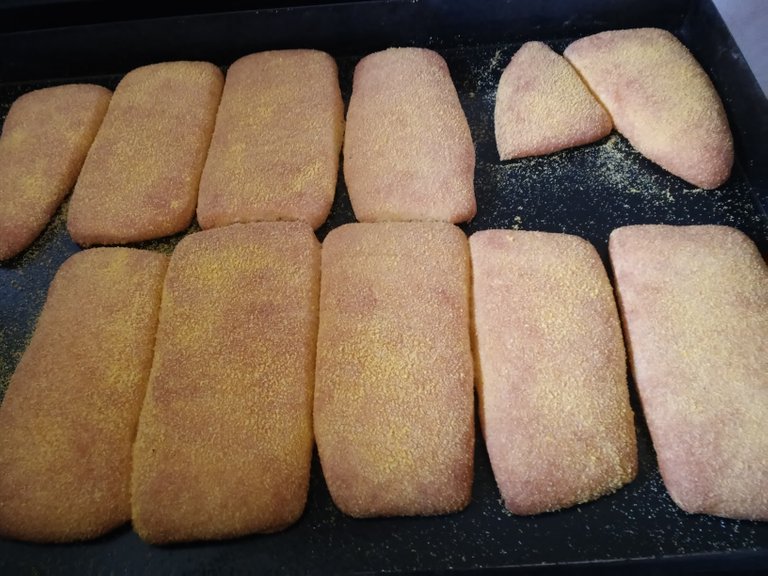
Aunque, sí, quedaba todavía una sorpresa. Mi hija me había preparado una exquisita torta: la clásica Charlotte francesa (en español descubrimos que la llaman Carlota, a decir verdad a veces las traducciones literales no son muy acertadas).
Cuenta la historia que la versión original de esta torta pertenece al chef francés Marie-Antoine Carême que la preparó especialmente para la reina Carlota y le dio su nombre como homenaje.
La primera versión tenía fruta, pan rallado y crema pastelera. Luego cada país la fue adoptando a sus gustos y necesidades. Incluso la composición actual de la torta parece que fue modificada por el mismo ches para el zar Alejandro I de Rusia, en este caso para ser distinto la hizo con los ingredientes con la mayor parte de los cuales se la prepara en la actualidad.
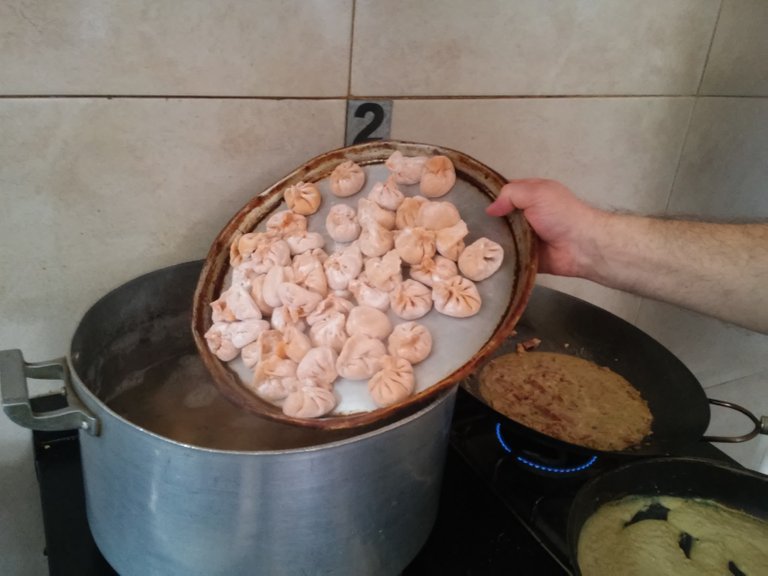
Hecho esta introducción de carácter histórico-gastronómica solo resta aclarar que a pesar de estar muy satisfechas con los envoltijos al final, lo único que quedó del postre, era el plato vacío que lo contenía.
Espero que les haya gustado esta simpática descripción de mi cumpleaños. Para mí fue un gesto importante y se lo agradezco a toda mi familia que me soporta con largas horas sentado delante del PC o en el jardín con mis plantas.
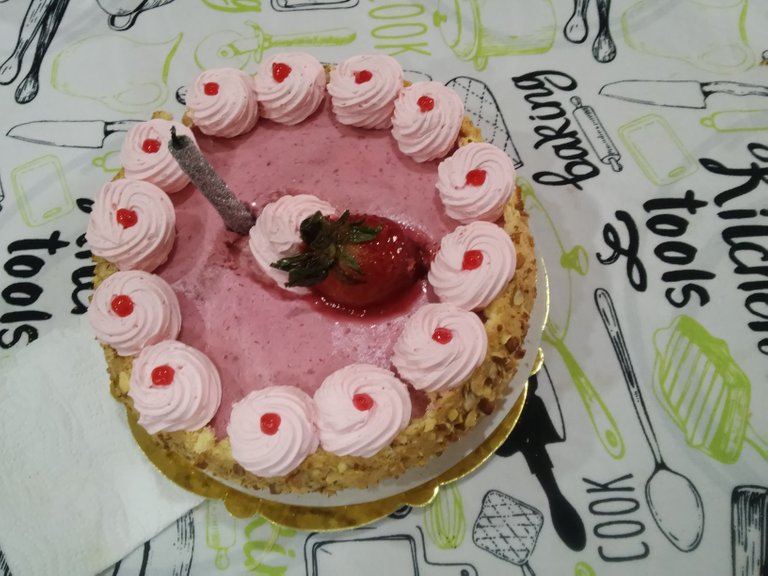
Ingredientes, preparación y cocción.
Para los que quieran hacer algo de práctica les dejo los ingredientes con algún comentario indicados por los autores de la receta, o mejor dicho, del almuerzo:
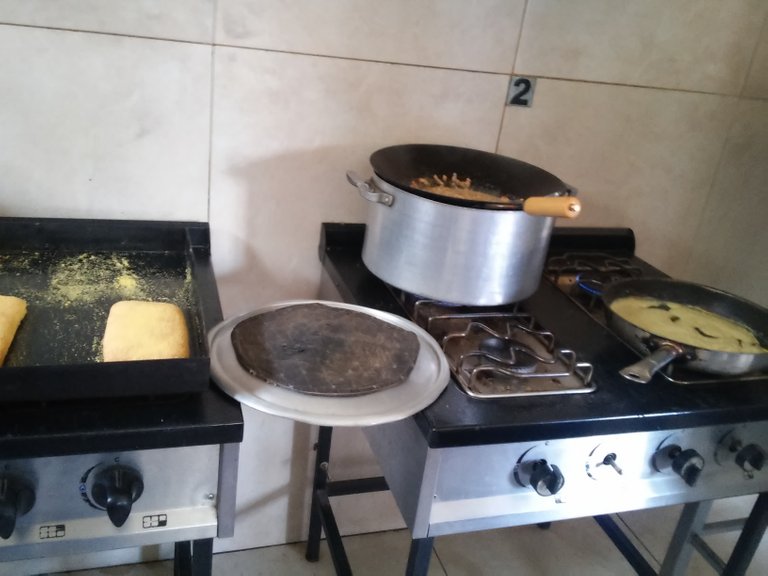
Para el relleno:
Sofreír la cebolla, el ajo, el perejil....add champiñones, salpimentar, triturar con el vino blanco, cuando el vino se haya evaporado retirar del fuego y dejar enfriar, añadir el parmesano y la mozzarella, triturar todo con una minipimer.
Para la salsa:
Rehogo la cebolla, el ajo y el perejil, añado el bacon en dados o en tiras, salpimento y trituro con el vino blanco, añado los guisantes, la nata y retiro del fuego cuando corresponda.
Para el puré de guisantes:
Rehogo la cebolla, añado los guisantes, la nata y el perejil, sazono con sal, lo dejo cocer el tiempo necesario, lo retiro del fuego, cuando aún está caliente lo trituro todo con el minipimer.
Para la guarnición:
Corto los tomates cherry por la mitad, añado sal y aceite, los pongo a marchitar pero no demasiado en el horno a 200º, los saco y los dejo enfriar.
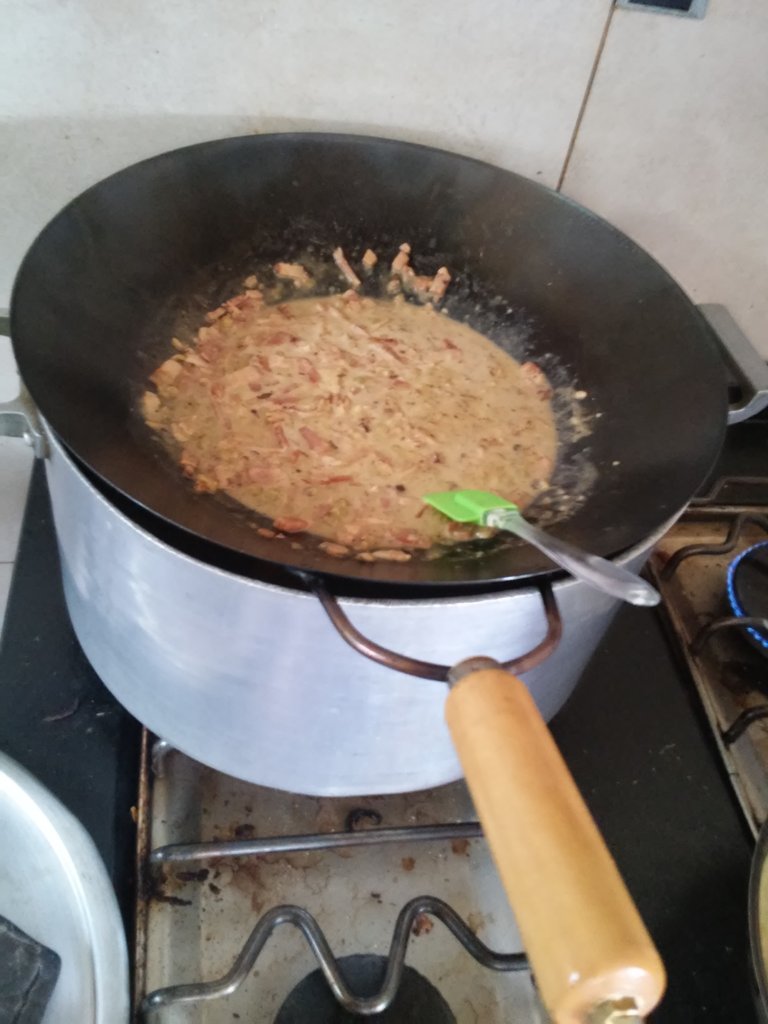
Por último: Cocino la pasta y mientras tanto caliento la salsa y el puré de guisantes.
Mezclo la pasta, sirvo, añado la salsa por encima, luego el puré de guisantes y finalmente los tomates cherry.
A todos ellos, y en especial en esta ocasión a mi yerno y a mi hija, mi eterno agradecimiento.
Para el resto de los #hivers de esta simpática comunidad un caluroso abrazo lleno de afecto.
¡Hasta la próxima!

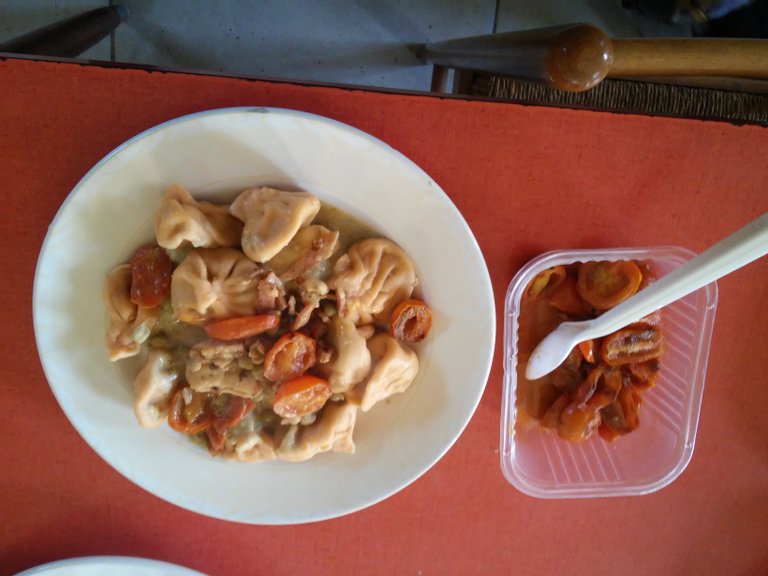
Hello friends #hivers of this Community,
This may be the only or one of the few posts that I will publish in this community dedicated more than anything to recipes (most of them are splendid without a doubt).

I could publish posts about food and/or health, but recipes are not my forte.
Now, after this weird introduction, why this post? Neither more nor less than the celebration of my birthday party (I'm not telling you how many, it will be the unknown to solve, but I'm telling you right now that you should aim quite high).
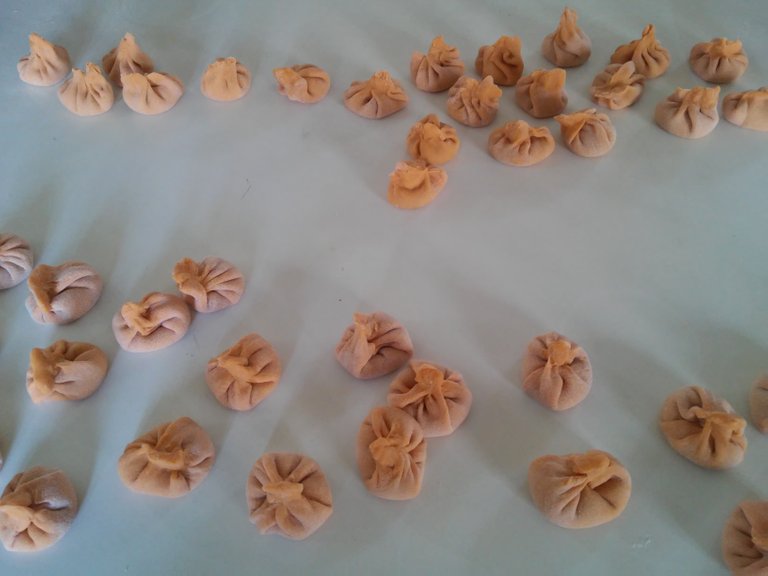
On that occasion, my daughter and son-in-law gave me a splendid lunch at their house that they had just finished building recently, and in this way we all celebrated together.
All homemade food (for this reason I publish it in this Community to the post) from the preparation of some exquisite wraps (involtini in Italian) a kind of rolls with ricotta, chard and tuna that are a true delight.

I can be full of praise, since I didn't intervene minimally... except when it was time to eat them and believe me I did them all the honor they deserved.
As you can see, I have documented step by step, image by image, the entire process. While my daughter and son-in-law worked, I took the photos.
The process continues when the rolls or "packages" are placed in the pot with the boiling water (it must be a fairly hot pot because each one, although not gigantic in size, in mass and content is equivalent to at least three or four ravioli or a pair of capelets.
It is less important to cook a certain number (it is the advice that the cooks gave me) like ten or fifteen and then the rest, because otherwise the water temperature drops very quickly.
They are cooked when they rise to the surface with some effort, such as gnocchi or ravioli, for example, although these are much lighter.
Heavy is a purely metaphorical expression because on the palate they are delicate, light, soft and delicious.
It was the only dish of lunch. There was no meat or any other food. But I assure you that after the encore no one wanted to know anything more about repeating.
Although, yes, there was still a surprise. My daughter had prepared an exquisite cake for me: the classic French Charlotte (in Spanish we discovered that they call her Carlota, to tell the truth sometimes the literal translations are not very accurate).
The story goes that the original version of this cake belongs to the French chef Marie-Antoine Carême who prepared it especially for Queen Charlotte and named it after her as a tribute to her.
The first version had fruit, breadcrumbs and pastry cream. Then each country was adopting it to their tastes and needs. Even the current composition of the cake seems to have been modified by the same ches for Tsar Alexander I of Russia, in this case to be different he made it with the ingredients most of which are prepared today.
Having made this introduction of a historical-gastronomic nature, it only remains to clarify that despite being very satisfied with the wrappers at the end, the only thing left of the dessert was the empty plate that contained it.
I hope you liked this nice description of my birthday. For me it was an important gesture and I thank all my family who support me with long hours sitting in front of the PC or in the garden with my plants.
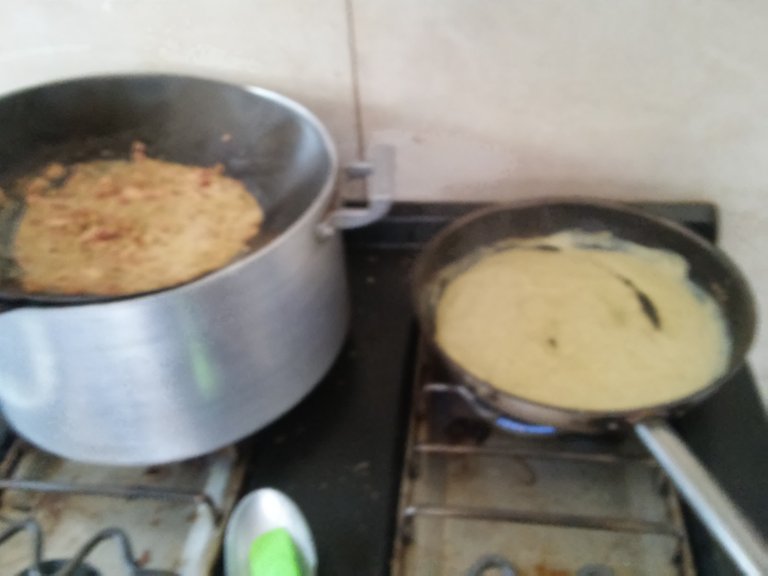
Ingredients, preparation and cooking.
For the stuffing:
Sauté the onion, garlic, parsley....add mushrooms, season with salt and pepper, mash with the white wine, when the wine has evaporated remove from the heat and let cool, add the parmesan and mozzarella, mash everything with a mini blender.
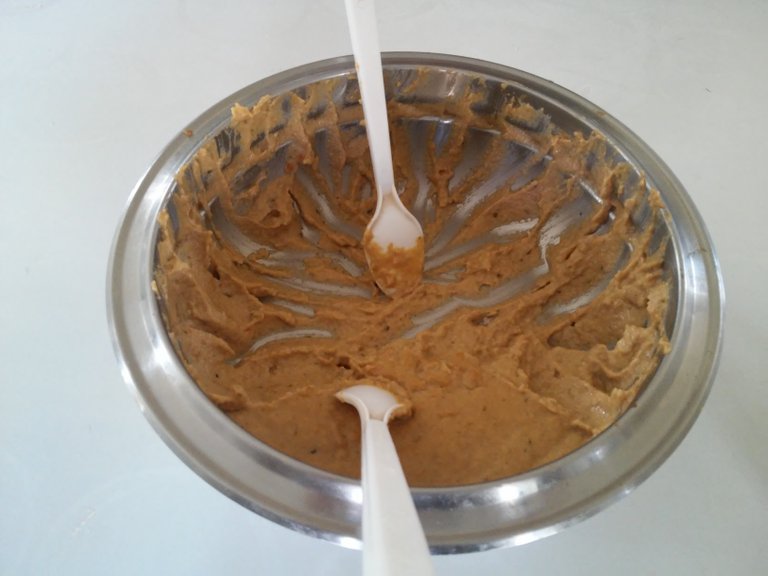
For the sauce:

I sauté the onion, garlic and parsley, add the diced bacon or bacon strips, season with salt and pepper and mash with the white wine, add the peas, cream and remove from the heat when appropriate.
For the pea puree:
I sauté the onion, add the peas, cream and parsley, season with salt, let it cook for the necessary time, remove it from the heat, when it is still hot I puree everything with the blender.
For the garnish:
I cut the cherry tomatoes in half, add salt and oil, I put them to wilt but not too much in the oven at 200 °, remove them and let them cool.
Finally: I cook the pasta and in the meantime I heat the sauce and the pea puree.
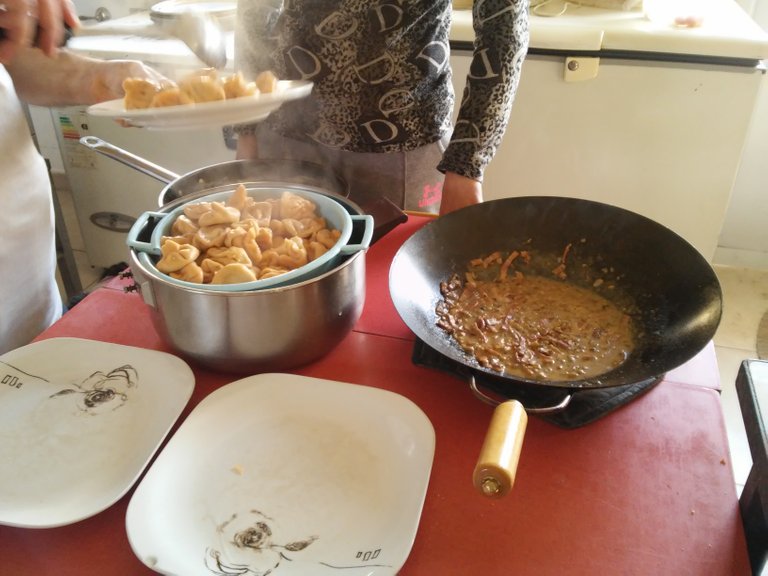
I mix the pasta, serve, add the sauce on top, then the pea puree and finally the cherry tomatoes.
To all of them, and especially on this occasion to my son-in-law and my daughter, my eternal gratitude.

For the rest of the #hivers in this nice community, a warm hug full of affection.
Until next time!
